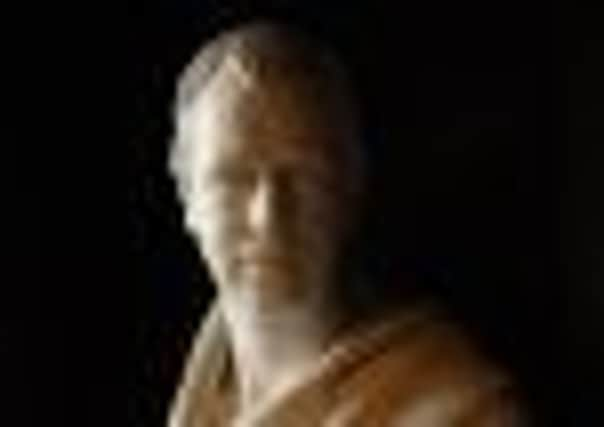Glimpse of a young Walter Scott on his way to Waverley


Famed as the author of Waverley and The Heart of Midlothian, Scott and his family feature in the 1790 Census of St Cuthbert’s Parish, living in George Square having moved from the author’s Old Town birthplace, in College Wynd, following the deaths of many of his siblings from ill-health.
In the census – unearthed for 2012 by the Edinburgh-based Scottish Genealogy Society – we learn the household of Mr Walter Scott – Sir Walter’s father – comprised himself, his wife, four sons, one daughter and three servants.
Advertisement
Hide AdAdvertisement
Hide AdThe findings have stirred up great excitement among genealogists who hope the public will use the census to trace their own ancestors who may have lived in Edinburgh at the time.
“For many, many people, this will be possible,” said Jessie Denholm, from the society.
The 1790 census is unusual as it includes the names of Edinburgh residents, and some information about their households.
Official government records were taken every ten years between 1801 and 1831, but were merely “head counts”, therefore lacking the detail of the 1790 census.
It was the idea of Sir John Sinclair, MP for Caithness, to compile a snapshot of life in 1790 by asking parishes to supply details. But St Cuthbert’s Parish, which stretched from Wardie to the Braid Hills excluding the area inside the town walls, went a step further, by collecting the names of the heads of households, and the number of adults, children, lodgers and servants.
Ms Denholm said: “If someone has traced their ancestors through birth or marriage records from around the time, they stand a good chance of finding them in the census – if they were the head of the household.”
Also featured is Dr Joseph Black, the chemist who discovered carbon dioxide, who lived on Nicolson Street with three servants. In contrast with the bustling, shop-lined street today, Nicolson Street in 1790 was a quiet retreat, favoured by the wealthy elite.
Advertisement
Hide AdAdvertisement
Hide AdAmong them was Dr Monro – the chairman of anatomy at Edinburgh University – who lived with his wife, three children and eight servants.
Although the census features relatively few women householders, there are a small number of exceptions, thought to be “ladies” of independent means. Among them is a Mrs Fletcher, who lived on the south side of Crosscauseway, listed as a “gingerbread baker”.
Another, Bety Ross who lived on St John’s Hill, has intrigued researchers who discovered an annotation by her name – “a Black” – leading them to believe she may have been the only black person among the area’s 5300 households. She lived with her five children and three lodgers.
n The original 1790 Census of St Cuthbert’s Parish is stored at the National Archives of Scotland and is now available on CD from the The Scottish Genealogy Society, priced £7.50. Visit www.scotsgenealogy.com or call 0131-220 3677.